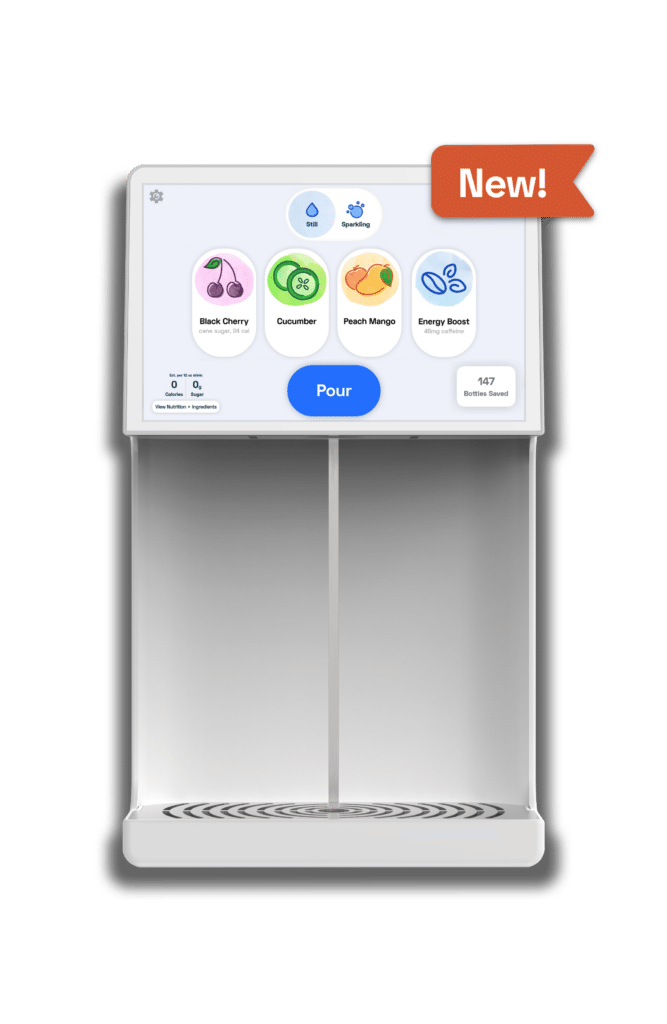As we enter the second quarter of 2023, the business world is eagerly anticipating the return of corporate travel. With more people getting vaccinated and the global economy starting to bounce back from the pandemic, there’s no doubt that business travel is on the upswing.
However, it’s important to note that the way people travel for business has changed significantly over the past few years. While the traditional business trip is making a triumphant return through in-person conferences and meetings, conference goers are not the only ones utilizing hotels to get their work done. Plus, many Americans are putting more emphasis on a healthy lifestyle following the COVID-19 outbreak, according to Pew Research Center.
As a result, the hospitality industry needs to be mindful of these changes in order to attract more corporate travelers to their hotels.
In this blog post, we’ll take a closer look at three ways business travel has evolved since the pandemic and what that means for the hospitality industry moving forward.
Conferences and other business events are slowly returning

With strict travel restrictions, stay at home orders, and health concerns during the height of the COVID-19 pandemic, it’s no surprise that the events industry suffered tremendously. While virtual events served as a serviceable alternative during the pandemic, there is simply no substitute for the in-person connections and experiences that can be gained from attending a live event.
Fortunately, Knowland, a data and hospitality technology company, is optimistic the event industry will be back to 100 percent by the end of 2023.
As the event industry continues its recovery, Knowland’s optimism is great news for hotels that have been struggling to bounce back after the pandemic. The return of conferences, trade shows, and other business events is a key factor in the recovery of the hospitality industry, and the fact that Knowland is predicting a full return to pre-pandemic levels is certainly cause for celebration.
but….
Corporate travelers are still prioritizing health and safety
Between meetings, conferences, and networking events, business travelers are always on the go. But one thing that’s not on their itinerary? Getting sick. So it’s no surprise that travelers are still prioritizing health and safety when it comes to their accommodations.
According to a survey conducted by Pew Research Center, 26% of respondents said keeping healthy became more important to them during the COVID-19 pandemic.
From hand sanitizer stations to contactless check-in and touchless hydration stations, there are a variety of measures that you can take to show your guests that their health is your top priority.
But, are conference and trade show attendees the only ones working from hotels?
Remote employees are making the most of their flexible working situations

With more and more companies embracing flexible work arrangements, many employees are now able to work from almost anywhere that has an internet connection. This has not only changed the way people work, but also the way they travel for business.
Hotels should prioritize offering guests amenities and services that cater to both business and leisure travelers, as some remote workers are making the most of their working situations by extending their business trips into vacations.
When catering to these business travelers, hotels should consider amenities that remote workers would expect in an office environment, such as free coffee, healthy beverages like water or seltzer, and great wifi.
From high-speed internet to fitness facilities to co-working spaces, there are many ways that hotels can appeal to the growing number of remote workers who are eager to travel and explore new destinations while staying connected to their work.
Are you ready to make corporate travel more attractive to potential business guests?
Read more about “Navigating the New Era of Business Travel: What Corporate Travelers Expect in a Post-Pandemic World” and learn how water coolers can tell us about post-COVID work travel and how the hospitality industry can adapt to these trends.”
Click here to read more.






